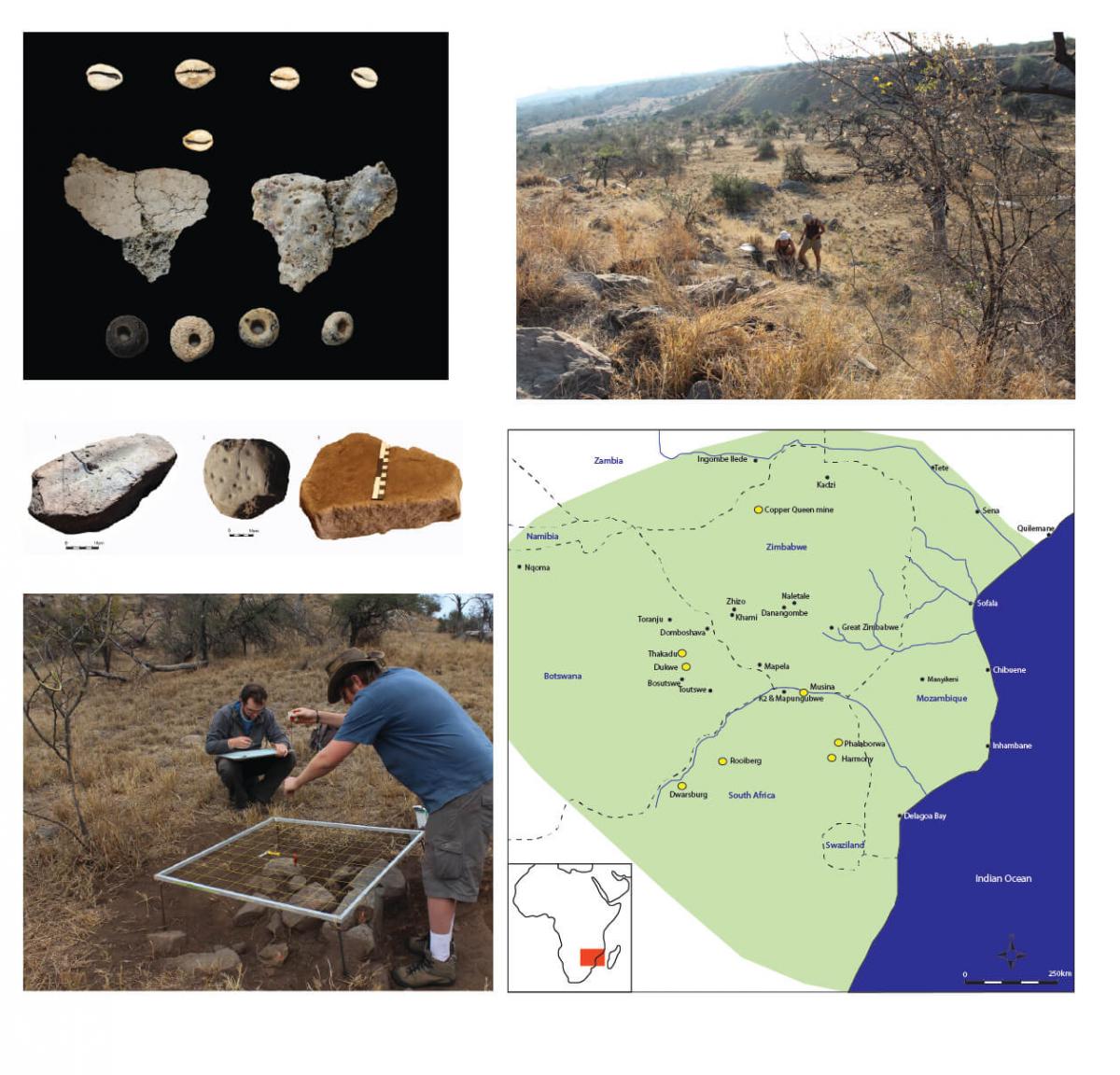Mining, Metals and Political Economy: A New Perspective on the Dynamics of Resource Control in the Iron Age of Southern Africa
By:
Abigail Moffett
Date:
Tue, 12/09/2017 - 18:30
Venue:
SA Astronomical Observatory auditorium
Branch:
Western Cape

Metals have been mined, manufactured and used in a variety of ways by Iron Age (AD 200-1900) agriculturist communities in southern Africa. Control over metal resources have often been cited as a source of power for elites in Iron Age communities, and dominant models of the political economy of southern Africa’searly states such as Mapungubwe (AD 1200-1290) and Great Zimbabwe (AD 1000-1600) depict control from political centres extending over miners and producers in peripheral regions. This study, which formed the basis for my recently completed Ph.D., sought to test some of the widely held assumptions surrounding the mechanisms of power and economy in the Iron Age through an examination of the organisation and identity of metal producers in Phalaborwa through time.
Research undertaken at Shankare, one of three known production and habitation sites with two occupation phases: AD 900-1300 and AD 1700-1900, focused on examining how communities living around Lolwe mine produced their metals, the mechanism of exchange with which metals were exported and the types and forms of consumables used by the inhabitants of the site. Craft production at Shankare was characteristic of homestead based production, and the inhabitants of Shankare were well connected within a regional exchange system that facilitated the flow of local products and imported items, such as Mapungubwe series glass beads and cowrie shells (cypraea annulus). The results of this analysis point towards the presence of a decentralised economy resulting in a high degree of autonomy of producers and consumers in the region. The implications of this for modelling power and economy in the Iron Age are discussed.